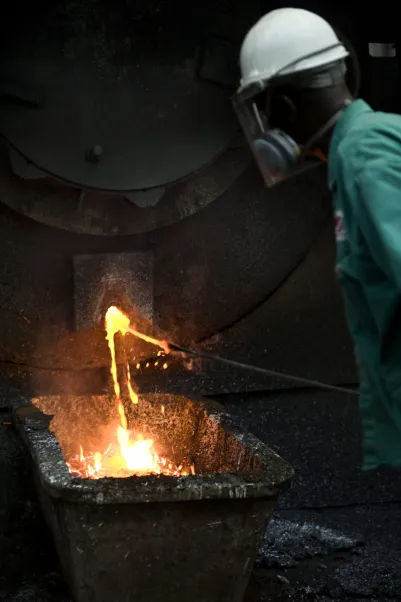Do lead batteries have a role in the clean energy transition?
Oct 9, 2019 10:35 PM ET
- The Consortium for Battery Innovation has outlined research goals for advanced lead-based battery concepts, claiming the potential of the technology is “nowhere near fully exploited”. The group, comprised of lead-battery industry stakeholders, says such devices can play an important role alongside lithium-ion and other storage technologies in electric vehicles, renewable energy storage and other applications.

The Consortium for Battery Innovation (CBI) – an industry association funded by the lead and battery industries – has outlined the R&D goals required to ensure lead batteries meet new requirements and take advantage of growing opportunities in the energy storage space.
“We’re in the midst of a revolution in battery technologies as governments look to accelerate their move to low carbon energy sources,” said CBI director Alistair Davidson. “We need a range of high-performance batteries for different products and applications to meet this growing trend.”
The report, An innovation roadmap for advanced lead batteries, noted demand for all types of storage will grow thanks to the rising volume of renewable energy generation capacity and the associated need for energy storage to back-up their intermittent generation. Attention has focused largely on lithium-ion products in terms of the energy transition, because of their electric vehicle applications.
“Demand is growing substantially, driven by governments around the world setting ambitious goals and targets for decarbonization and electrification,” noted Davidson in his executive summary of the report. “The demand cannot be met by one technology alone. Lead batteries are one of the technologies with the scale and the performance capability able to meet these requirements.”
Performance goals
The study concedes lead batteries cannot offer the same performance as lithium in terms of energy density, but outlines research goals that could make lead batteries viable in energy storage systems supporting solar or wind generation.
Chief among the R&D targets listed is a five-fold extension in cycle life, with the CBI aiming to achieve lead batteries capable of more than 5,000 cycles at a charge efficiency of at least 90% by 2022, a figure the organization says would significantly lower operating costs. Other aims include improvements in partial-state-of-charge performance – since lead batteries can degrade when not fully charged after each use; deep cycle discharging; and durability at high temperatures.
The CBI report added, lead battery producers will also need to innovate to offer complete energy storage systems including optimized battery management and other safety features if they want to be part of the energy storage future.
Primary contributor
The consortium said it expects lead batteries to act as a “primary contributor” to the expanding impact of energy storage. While it expects steady growth in the use of 12 V lead acid batteries in the automotive industry, the report noted the aggressive arrival of alternate storage technologies in the industrial sector was a threat to lead products, and said more work was needed for the technology to take advantage of energy storage opportunities.
“Lead batteries in ESS [energy storage system] applications pose an opportunity for rapid market expansion but lead battery products must be poised to provide the proper performance,” read the report’s conclusion. “In each case, innovation is key to preserving or expanding the presence of lead batteries.”
Also read

